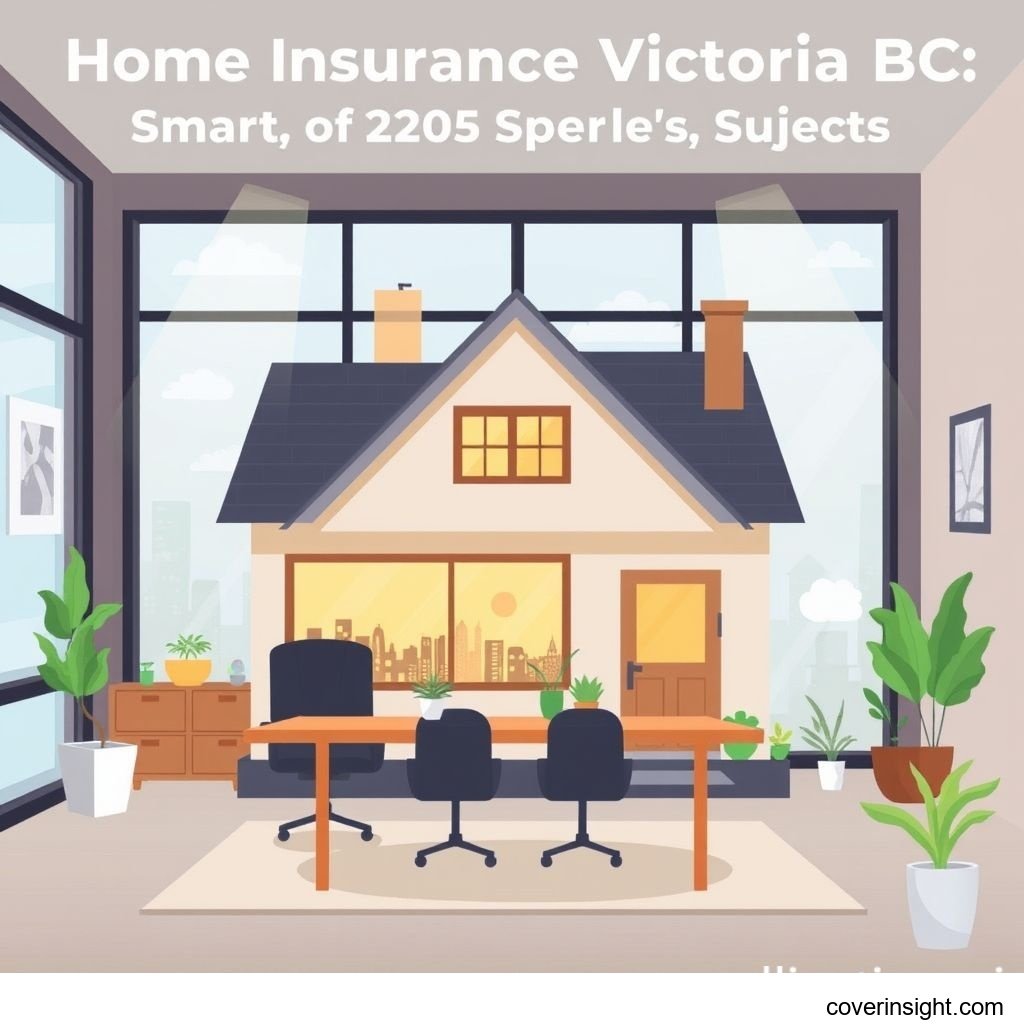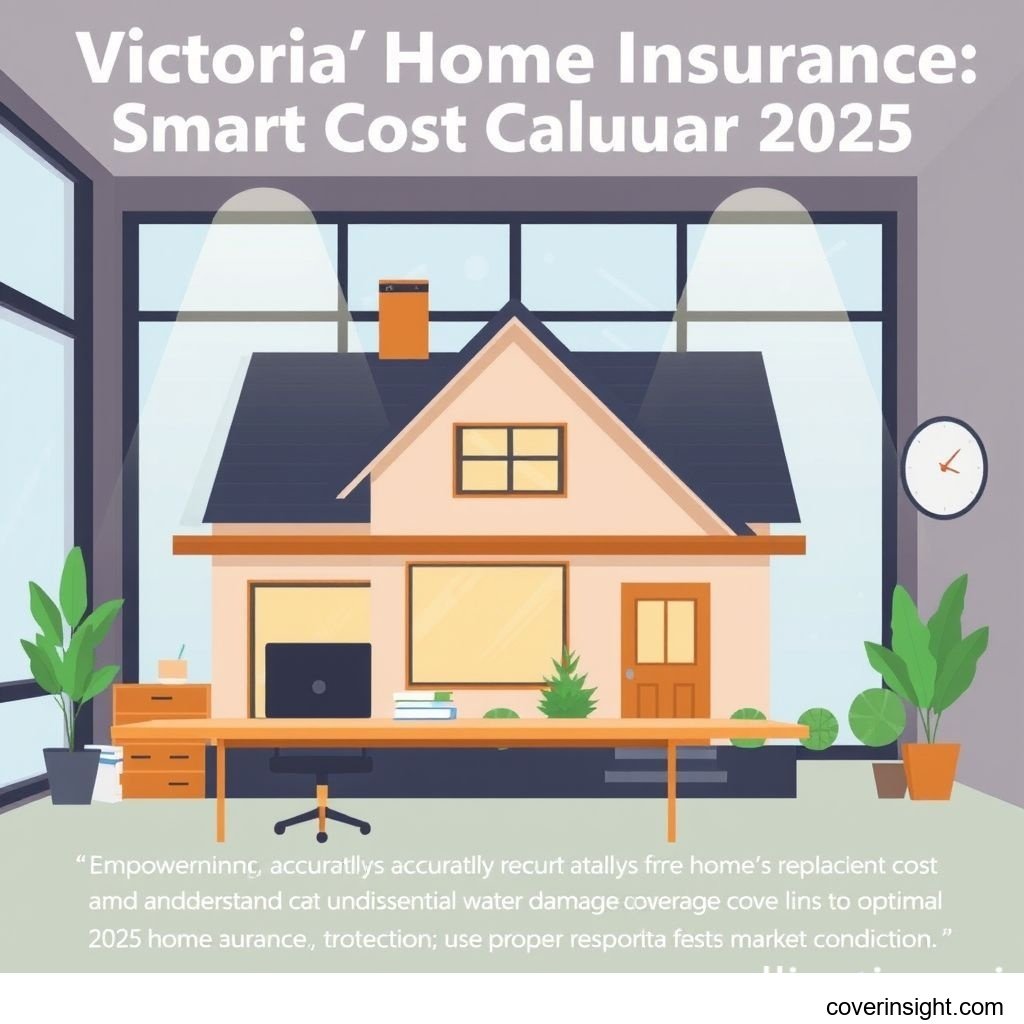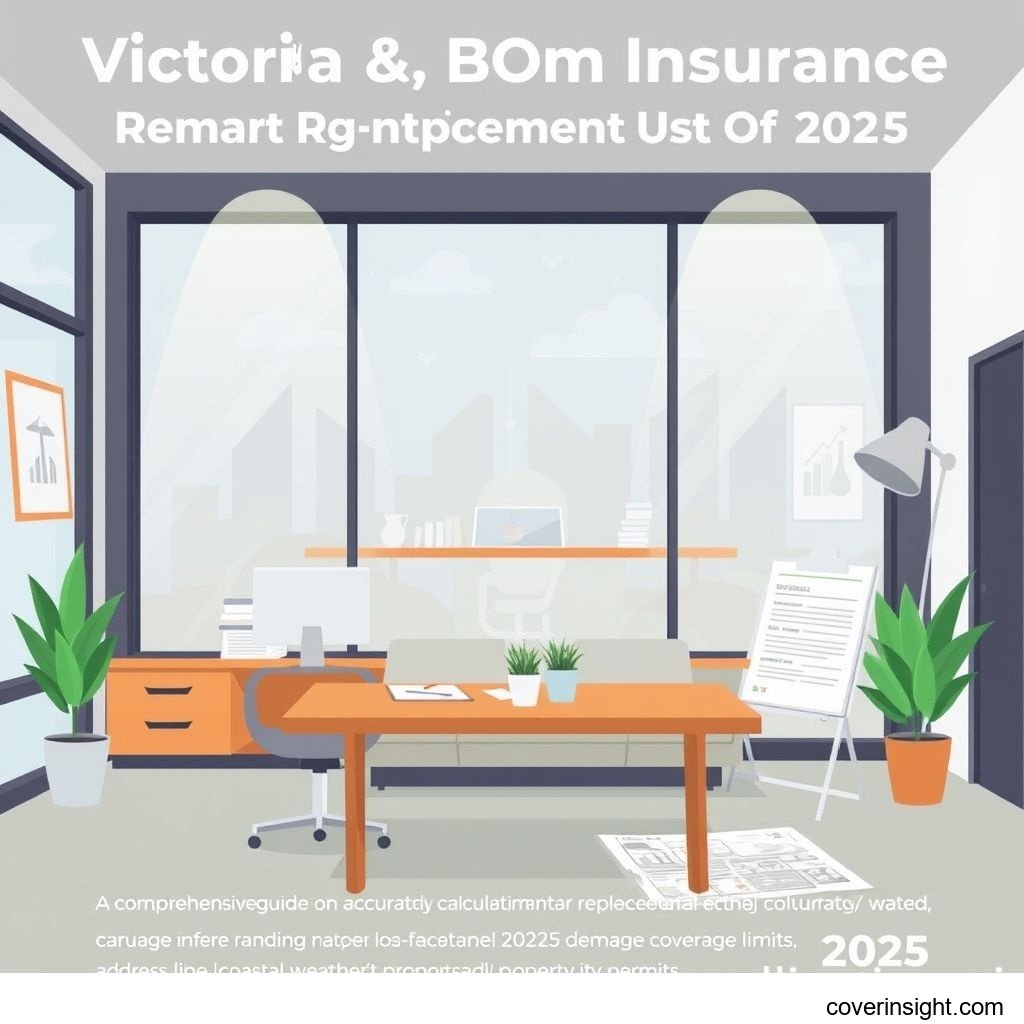Home Insurance Victoria BC: Smart 2025 Coverage Secrets
Introduction
As we look towards 2025, understanding home insurance in Victoria, BC, becomes ever more crucial. The Canadian real estate market, including our vibrant capital, continues to evolve, making the accurate valuation of your property's replacement cost a cornerstone of smart coverage. Replacement cost calculators, often provided by insurers or valuation services in Canada, are indispensable tools. They help homeowners determine the true cost to rebuild their home from the ground up, ensuring they aren't caught short in the event of a total loss. This foresight isn't just about avoiding a financial headache; it's about securing your peace of mind and protecting what is likely your most valuable asset.
Coverage Details
Navigating the intricacies of home insurance can feel like a daunting task, but understanding the basics of what's covered—and what's not—is the first step towards securing smart 2025 coverage.
What’s Included
A typical home insurance policy in Victoria, BC, is a comprehensive shield designed to protect you from a wide array of perils. Fundamentally, it covers the physical dwelling structure, including attached garages and sheds. Your personal belongings, from furniture to electronics and clothing, are also protected, often both inside your home and sometimes even when you’re travelling. Liability coverage is another critical component, safeguarding you financially if someone is accidentally injured on your property or if you inadvertently cause damage to someone else's property. Furthermore, policies usually include additional living expenses, which can be a real lifesaver if your home becomes uninhabitable due to a covered event, covering costs like hotel stays and meals while repairs are underway. For more general information, consider exploring wider [Insurance Resources Global].
Common Exclusions
While policies offer broad protection, it’s equally important to be aware of what’s typically not covered without specific endorsements or separate policies. Common exclusions often include damage from overland flooding (water entering your home from outside, such as overflowing rivers or heavy rainfall runoff), and earthquake damage. Given Victoria's geographical location, being aware of earthquake risks is paramount; often, an earthquake endorsement needs to be added to your policy. Other standard exclusions might include mould and mildew (unless caused by a sudden, accidental peril), pest infestations, wear and tear, and damage from war or nuclear incidents. Always review your policy's fine print, as these exclusions can vary slightly between providers.
Cost Analysis
Understanding what drives the cost of your home insurance premium and how to potentially lower it can save you a pretty penny.
Price Factors
Several elements play a role in determining your annual premium. Your home's location is a big one; properties in areas prone to natural disasters like wildfires or earthquakes (which is a consideration for much of BC, including Victoria) might face higher rates. The age and construction type of your home also matter significantly. Older homes with outdated plumbing or wiring might cost more to insure than newer, more resilient structures. Your claims history, surprisingly to some, also influences your premiums – a history of frequent claims can signal higher risk to insurers. Even factors like the type of roof you have, the presence of security systems, and your chosen deductible amount (the portion you pay out of pocket before insurance kicks in) all contribute to the final cost. According to data from the Insurance Bureau of Canada, property and casualty insurance premiums have been influenced by increasing climate-related losses across the country, a trend directly impacting rates in regions like BC.
Saving Tips
Fortunately, there are several ways to be smart about your home insurance costs without compromising on essential coverage. One of the most common and effective strategies is bundling your home and auto insurance with the same provider; many companies offer significant discounts for this. Increasing your deductible is another quick way to lower your premium, but ensure you can comfortably afford that higher out-of-pocket expense if you ever need to make a claim. Installing approved security systems, smoke detectors, and carbon monoxide detectors can also lead to discounts. Loyalty can pay off too; some insurers offer discounts for long-term customers. Lastly, always shop around! Get quotes from multiple providers; the competitive market means rates can vary significantly. For more localized advice, check out resources on [CA Insurance Home].
FAQs
-
How much do replacement cost calculators cost?
Typically, replacement cost calculators are provided free of charge by insurance companies or are integrated into their online quoting tools. They are a standard part of the underwriting process to ensure accurate coverage.
-
What affects premiums?
Many factors affect premiums, including your home's age, construction type, location (e.g., proximity to fire hydrants, crime rates, natural disaster risk), your claims history, the deductible amount, the coverage limits you choose, and any discounts you qualify for.
-
Is it mandatory?
While home insurance isn't legally mandated by the government in BC, it is almost always required by mortgage lenders. If you have a mortgage, your lender will insist on proof of insurance to protect their investment. Without a mortgage, it's your choice, but going without is a significant financial risk.
-
How to choose?
Choosing the right policy involves assessing your specific needs, comparing quotes from multiple reputable insurers, reviewing coverage limits and exclusions carefully, and checking customer reviews. Don't just go for the cheapest option; ensure it provides adequate protection for your assets and lifestyle.
-
Consequences of no coverage?
The consequences of no home insurance coverage can be catastrophic. If your home is damaged or destroyed by a fire, flood, or other peril, you would be solely responsible for all repair or rebuilding costs, potentially leading to severe financial hardship or even bankruptcy. Additionally, if someone is injured on your property, you'd be personally liable for medical bills and legal fees.
Author Insight & Experience
As someone who's navigated the dynamic housing market in BC, I've observed firsthand that securing the right home insurance isn't just a formality; it's a strategic move. The market values here, particularly in Victoria, can be quite high, but the replacement cost—what it actually costs to rebuild—can be even more unpredictable given fluctuating material and labour costs. Based on my experience, consistently reviewing your policy, especially if you've done significant renovations, is as important as the initial purchase. Don't just set it and forget it, because the cost of being underinsured in our beautiful but sometimes geographically challenging province can be truly devastating. Keeping an eye on what organizations like the Financial Consumer Agency advise on financial planning can also provide invaluable peace of mind.
One notable local trend is the rising concern over natural disaster preparedness. For instance, Emergency Management BC often highlights the increased risks associated with seismic activity in our region. This heightened awareness among public bodies translates directly into the kind of coverage insurers offer and the advice they provide, emphasizing the need for homeowners in Victoria to consider endorsements for perils like earthquakes, which were once considered niche but are now increasingly pertinent.








Comments